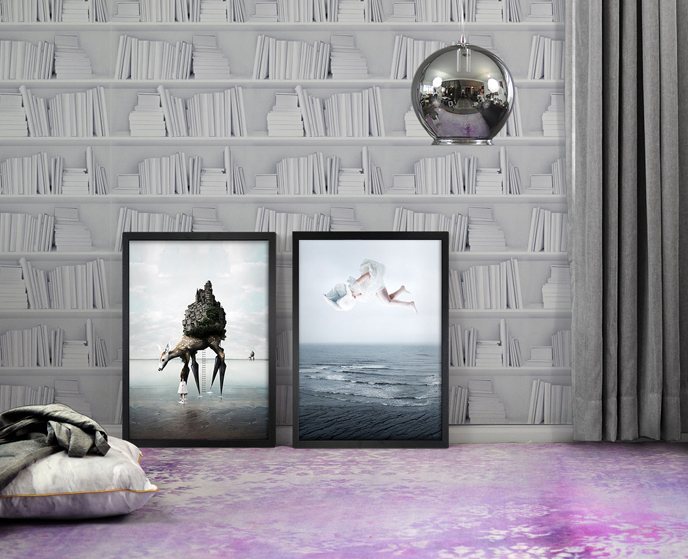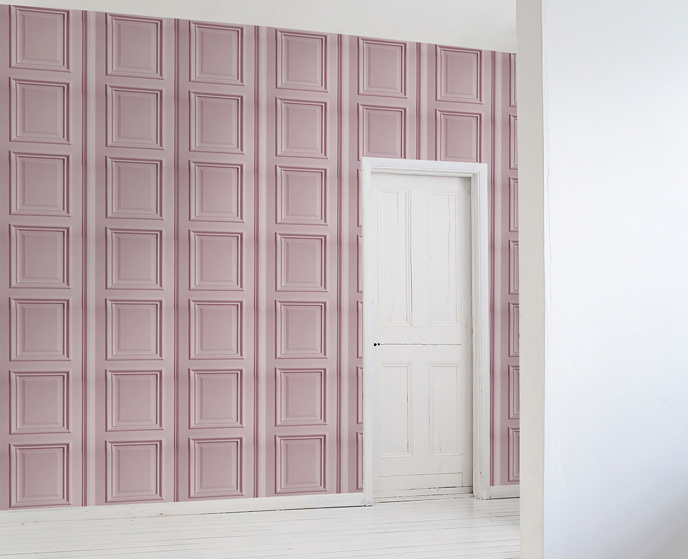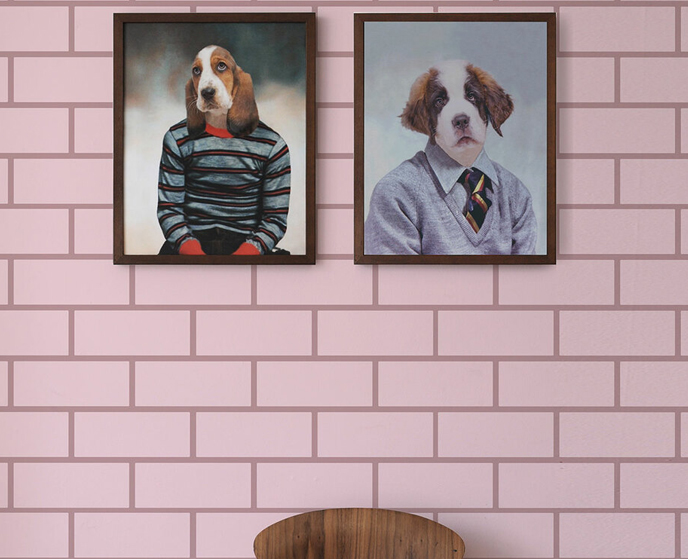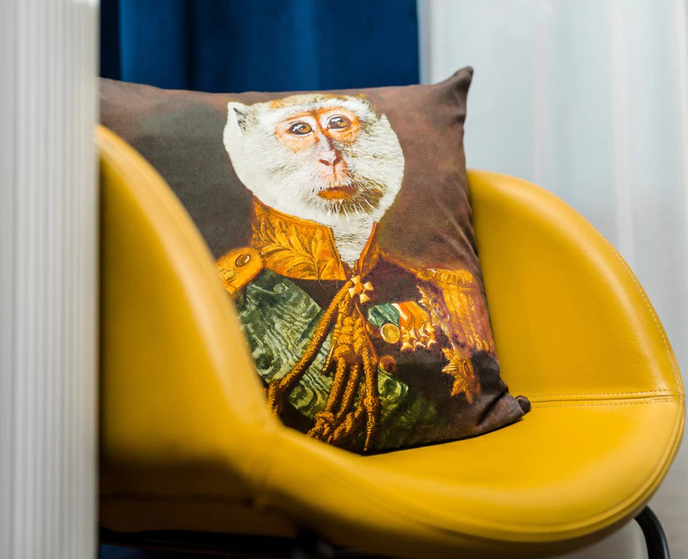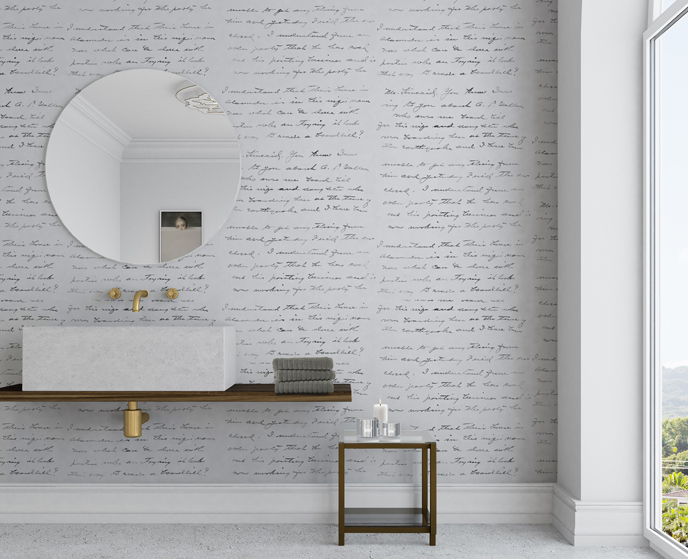The Mineheart Office Design Guide
Posted by Mineheart on 3rd Jun 2021
Office space planning equates to more than just people + furniture. It’s about designing a working environment around your unique requirements, and creating a workplace that is both functional and beautiful.
Here, we look at the five most important elements of successful office design. The kind of design that delights your workers, heightens team engagement, and elevates your brand and business.
If you want to know how to design an office that appeals to your most important asset (your people), consider the following: Function, Collaboration, Mood, Creativity, and Movement.
Functional office design
First and foremost, it’s important to make sure your working space delivers the function that you need. Stunning interiors are essential of course, but the very foundation of your design concept has to answer all your practical concerns.
Is the space conducive to business productivity? Even better, does it improve productivity? Does the layout make sense for meetings and interactions? Will it still be suitable as you grow and scale? These are all the questions you will need to ask when planning an over makeover.
If you are starting from scratch, this can sometimes be easier as you have a blank canvas, with no preconceived ideas about how the space is used. However, if you’re redesigning your office, change can be difficult. So be sure to approach the space planning phase with an open mind.
A fresh perspective can certainly help and bringing on board a professional interior designer could be the fresh pair of eyes you need!
Before you begin any office redesign project, make sure you do the following:
1. Assess your current space (especially important for small spaces!)
2. Speak to different departments about improvements
3. Clearly define each team’s requirements
4. Plan the space around these requirements (never the other way around)
A people-centric approach is key when it comes to effective office and workplace design, so try to involve your employees as much as possible. This includes workers at every level, from your c-suite to your interns, because a well-designed office benefits everyone.
Collaborative spaces
Collaboration should always be front of mind when considering office design ideas. In order to move forward from outdated ways of working, it’s important nurture a collaborative culture. But in order to do this, businesses have to change the way they think and communicate.
Interior design and space planning is step one in making a cultural shift easy, because your office design controls communication flow, staff interactions, and the way information is shared (goal = no more silos).
Architecture and design can support or even change company culture, according to research. So having breakout zones and interactive seating is no longer a luxury or quirky office gimmick. It’s very much a necessity for any modern workplace where relationships are valued.
Not being restricted to a desk is a great way of getting people to work together, and this is something that can benefit all departments. If you want to make your breakout areas attractive, try to make them as inviting as possible to encourage more meaningful connections between people.
Designer sofas and seating can provide a place to relax, chat and share ideas with other team members. Plus, a cosy rug can make workers feel at ease and more relaxed.
Mood-boosting design
Another important part of office design is mood. That is, the mood of your employees. This is part of the people-centric approach we mentioned earlier, because people are the most vital cog in the wheel.
If you want to know how to design an office that employees love, remember not to take yourself too seriously when it comes to décor. Of course you’ll want to stay on-brand, but having a bit of fun with your office wall art can really improve staff happiness.
Plants in the office are a must too, not only because they purify the air and keep your staff healthy, but because the simple presence of nature can instantly improve the mood. Live plants are best, but using botanical elements in your design concept can be just as effective in putting a smile on people’s faces.
While big pendant lights can emit a lot of light for workstations, a few ambient floor lamps can really transform breakout areas into places of total relaxation. There's no substitution for natural light however, so consider how to maximise its use when planning your layout.
Good mood = good productivity. And good art = good vibes all around!
Let creativity flow…
Over half of people say that art in the workplace makes them happier, and for small businesses it can be an easy way to improve creativity. This is where you can get totally lost in the different art genres that can make your team tick.
For instance, there’s something very thought-provoking about surreal art – and it can often incite humour which leads to a boost in the happy hormone.
Abstract art can be both mesmerising and moving, promoting free-thinking and ideas-sharing in the office. While something playful like ‘modernaissance’ can promote your brand as a fun, forward-thinking name in the recruitment market. Who doesn’t want to work in a cool, modern office?
Of course, art comes in many different forms. It can be a painting, a framed print, emotive photography, decorative ornaments that steer away from the norm, or a tongue-in-cheek cushion that pokes fun at tradition.
Office flow and movement
Finally, learning how to design an office that supports employee requirements means being people-focused across every inch of your office. Toilets included! Flow and movement are everything, because they shape how workers move throughout the day, and how much interaction they have with others.
Make your office design amazing by ensuring movement is free and easy between departments. Choose an open plan design over walls or the use of partitions, and only section off areas that require quiet or privacy (such as meeting rooms).
Every area in the office should follow the same standards. It’s all too common for brands to focus their decorating budget on client-facing areas or the main sections of the office. But a beautifully designed bathroom can make all the difference to wellbeing.
Thinking about flow means mapping employee movement throughout the day. From the moment they arrive in the atrium to their different work zones to the lunch table to the restroom – it all matters.
There may be some spaces that are awkward to decorate, such as a long narrow hallway. But long-shaped rugs can help to create a sense of direction and purpose, turning an otherwise drab 30-second walk into an enjoyable break from the desk.


